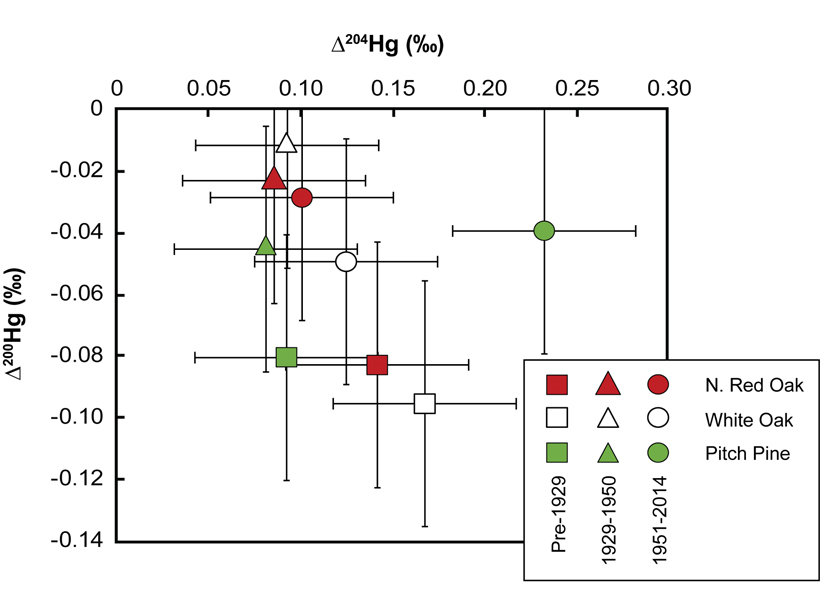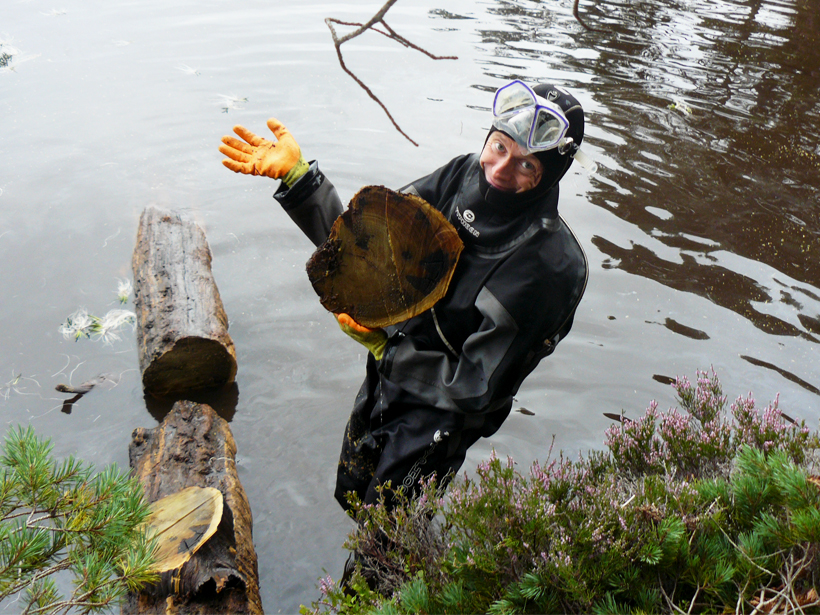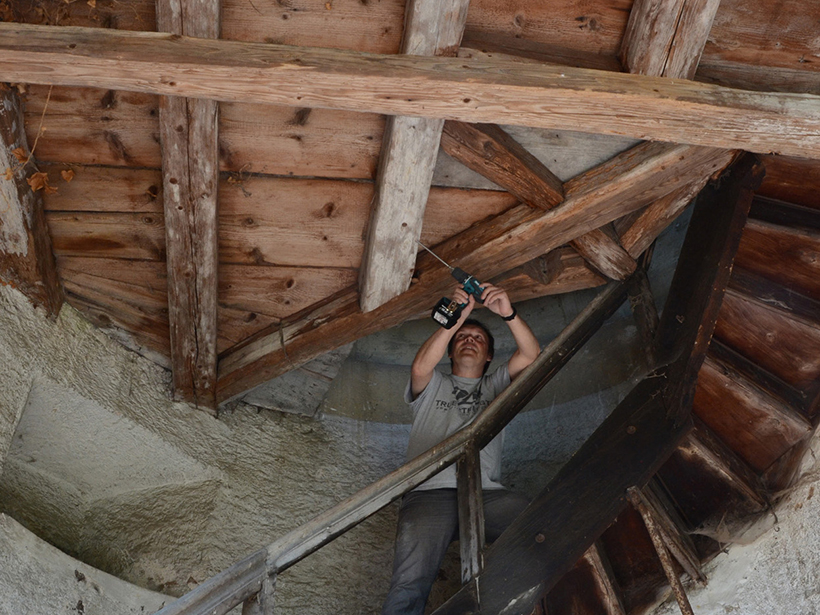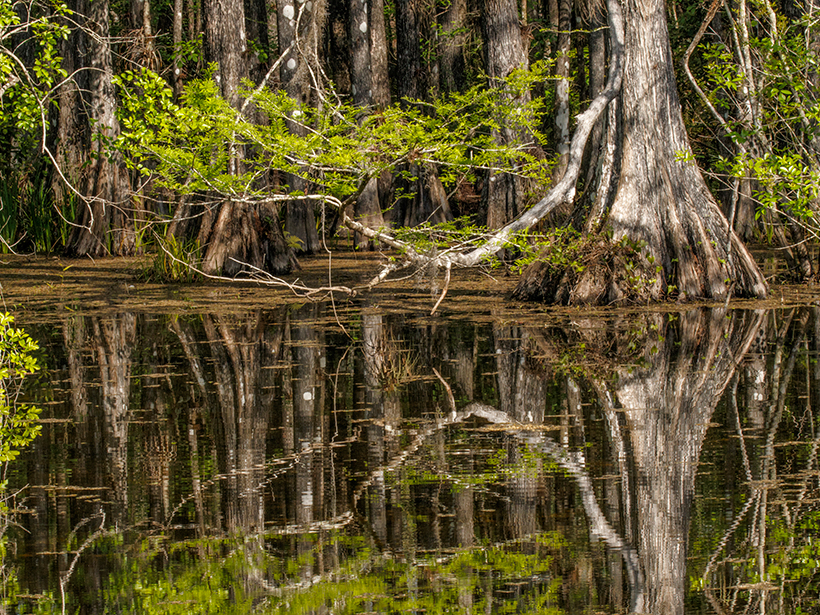Mass spectroscopy of tree ring material indicates a sharp, single-year rise in carbon-14 concentrations consistent with an extreme solar energetic particle event that occurred around 5410 BCE.
dendrochronology
Oak Trees Offer a Continuous Climate Record for Central Europe
A method using nonpooled, continuous stable carbon and oxygen isotopes recorded in oak trees benefits climate reconstructions.
Podcast: What Tree Rings Can Tell Us About the U.S. Civil War
Climate change–induced drought may have had an influence on the Civil War.
Trees That Live Fast, Die Young, and Mess with Climate Models
The trade-off between tree longevity and life expectancy can mean future carbon uptakes are overestimated in current global climate models.
Tree Rings Reveal How Ancient Forests Were Managed
By analyzing thousands of oak timbers dating from the 4th to 21st centuries, scientists have pinpointed the advent of a forest management practice.
Trees Are Watching Us and Our Actions
Annual growth rings in trees tell us more than climate history; they can also document the rise and fall of human industrial activities.
How the Cold Climate Shaped Scotland’s Political Climate
Tree rings reveal how severe cold and political isolation brought disaster to Scotland, inspired a colonization effort in Panama, and helped drive union with England.
Podcast: Discovering Europe’s History Through Its Timbers
An analysis of timber used to construct buildings in Europe hundreds of years ago is giving scientists and historians new insights into the region’s history from the 13th to 17th centuries.
North Carolina Bald Cypress Tree Is at Least 2,674 Years Old
Researchers say it’s the oldest-known living tree in eastern North America. If it hadn’t been protected, it could have ended up as garden mulch.
Tree Rings Record 19th-Century Anthropogenic Climate Change
Paleoclimate records, observational data, and climate modeling capture the influence of human activity on temperature seasonality.










